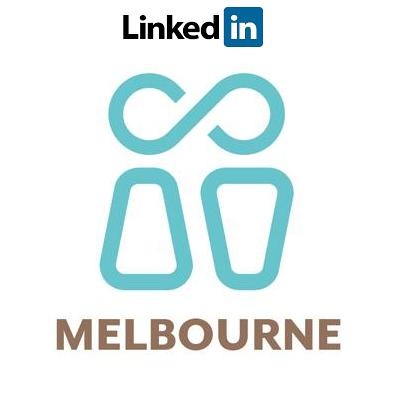The Gospel According to Eve
The Gospel According to Eve:
A History of Women’s Interpretation
IVP Academic (29 October 2019)
by Amanda Benckhuysen
Reviewed by Barbara Deutschmann

We often hear that the push for women’s inclusion in all aspects of church ministry is a response to modern “feminismâ€. This book puts paid to that notion. Amanda Benckhuysen has researched the many women from the Middle Ages to the present day who found in the first few chapters of Genesis inspiration and resources for countering patriarchy. They had to “tell it slant†(to quote Emily Dickenson), working against the pull of strong forces that assigned them their roles and realms.
The author sets the context by outlining the questions and silences in the story of Eden. Why did Eve eat the fruit? Why did Adam eat? And was God’s response a description of the consequences of their transgression or prescription of their punishment? These gaps have been closed by traditional interpreters, replacing ambiguity with certainty. Reflected in Philo’s work in the first century, and well-settled by the Middle Ages, the female gender was firmly associated with sin. But Genesis 1–4 has played a part not only in the condemnation of women but also in the recovery of her stature, as women brought fresh eyes and great deal of courage to its analysis.
One example is Viennese writer, Christine de Pizan (1363–c. 1430), perhaps Europe’s first professional female writer. Her writing is considered to inaugurate the “women’s questionâ€, an intellectual debate about the nature of women. Her prime text was Gen 1:26–28, which to de Pizan, spoke of sameness not difference; the image of God shared by both sexes. And she imagined good motives for Eve’s eating of the fruit. Benckhuysen comments: “Ascribing to Eve malicious intent is the work of the interpreter, not the text.â€
Benckhuysen charts the broad historical movements which coloured attitudes to women. After a long period beginning with Aristotle when people believed females were aberrant males, there emerged in the eighteenth century, an awareness of women’s biological difference which shaped into a two-sex theory. This welcome realisation quickly congealed into a rigid binary which stressed separate spheres, with women best suited to nurture home and family.
The push to accept women as preachers initially gained impetus from the growing consciousness that there were two sexes as women proved their giftedness for the task. In the early nineteenth century, for example, Deborah Peirce and Harriet Livermore both read Genesis and the Pauline epistles as encouraging female preaching. By the end of that century, however, the push-back became too strong. The separate-spheres ideology hardened into a biological determinism which reaffirmed preaching as men’s domain.
Gradually women began to see the connection between acceptance in church and the wider cause of women’s rights. Catherine Booth (1829–90) and Frances Willard (1839– 98). Both Gifted teachers, reflected this change. With her husband William, Catherine began work among the poor in London which later became The Salvation Army. Frances was president of the National Women’s Christian Temperance Union, that advocated for a range of women’s issues. Both were sophisticated Bible interpreters, reading the Eden narrative as an ideal of female and male partnership, with joint dominion over the earth; one that does not indicate the inferiority of women nor delineate separate spheres. With these women and many others, the “women’s question†had left intellectual circles and becoming a matter of debate in the public square, eventually giving rise to the women’s rights movement.
Benckhuysen shows how interpretation of the Adam and Eve story has borne the impress of each historical phase, being read with misogyny at times, gender essentialism and rigidity at others. But the women with the courage to read it slant found in it the grounds for their empowerment. In Genesis 1, they found the shared divine image. In Genesis 2–4, they found shared sinfulness and a God who deliberately creates gendered difference. Not every interpreter was a radical feminist and many affirmed traditional roles, even while using the story to correct warped views of women and to make the case for social change.
The author has added discussion questions at the end of the book. Groups interested in learning lessons from history as well as from the richness of women’s approaches to the Adam and Eve story, will treasure this book. One small quibble is that it has no index which would increase its value for researchers.
This book is an essential resource for today’s church and perhaps, as Benckhuysen suggests, “. . . Eve’s story will come to be heard as a call and invitation to respect, celebrate and honor God’s blessing to the world in the daughters of Eve.â€
Barbara Deutschmann is a post-doctoral research associate with the University of Divinity, working in the area of gender and the Old Testament. She shares life with partner, Peter, adult children and grandchildren.
This Book Review was originally published in “Equip”, October 2020. Equip is is published by Ethos EA Centre for Christianity & Society
Used by Permission





